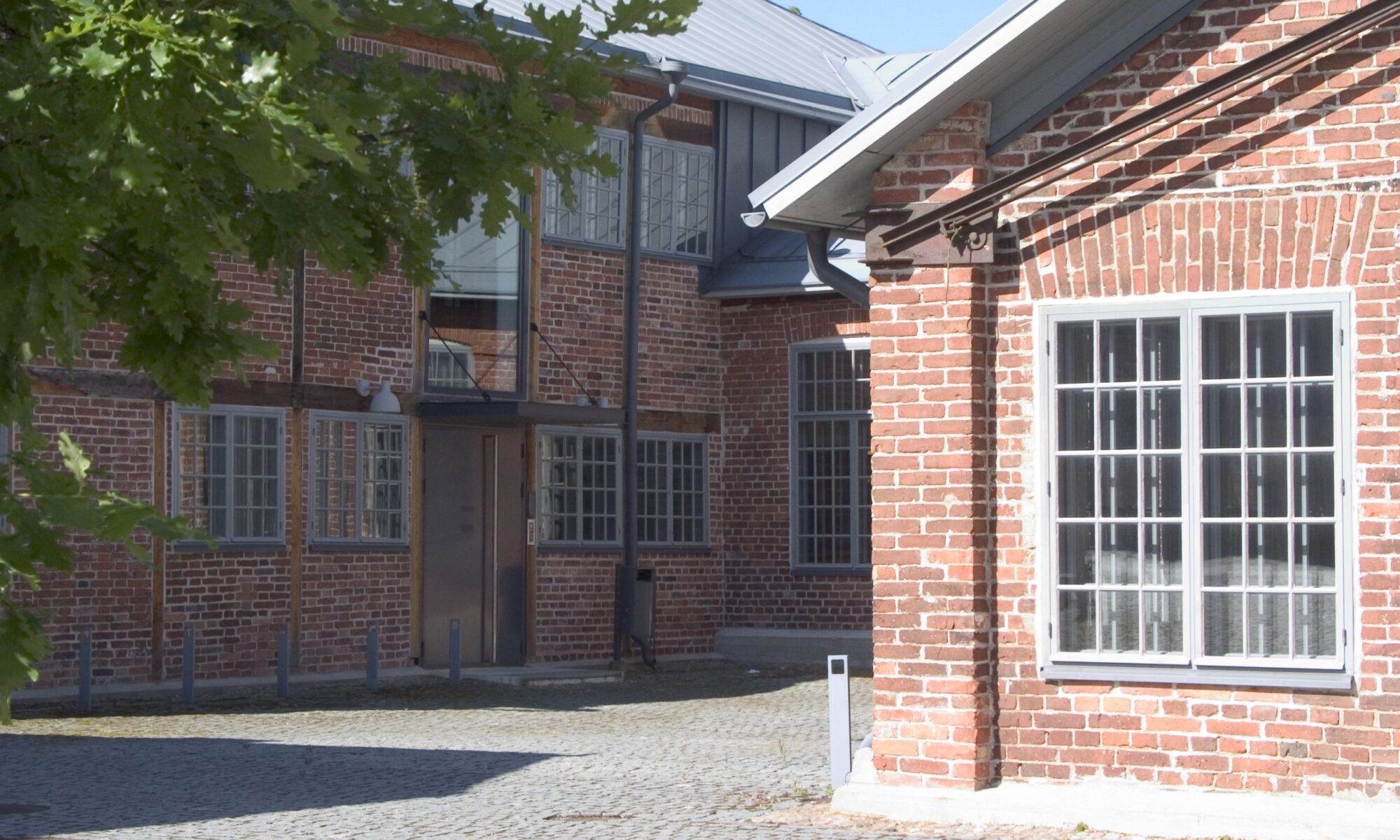Kajsa Törmä, Umeå Universitet
While researching the linguistics of outer space, I have observed an intriguing difference between my research language (English) and my mother tongue (Swedish). For example, in English, people travel into space, whereas in Swedish, they travel ut i rymden (Lit. out in(to) space). English and Swedish are two closely related languages, yet they construe motion from earth to outer space using different prepositional constructions. Furthermore, the prepositional constructions highlight different parts of the motion at hand. In the English construction, the focus is on the destination (outer space), whereas the point of departure (Earth) is more present in the Swedish construction.
This presentation relies on English data collected from Corpus of Contemporary American English (COCA) and Swedish data is collected from Korp. The aim is to account for the different prepositional constructions used in English and Swedish when talking about motion from earth to outer space. The most common ones are into and ut i. In addition to these the prepositions to/till and toward(s)/mot are also used and they combine in various ways with the particles off, up/upp, and out/ut.
These different prepositional constructions construe both outer space and the motion towards it in different ways. In this presentation, the different prepositional constructions are analyzed through the theoretical lens of image schema (Johnson, 1987). Motion inherently invokes the source-path-goal image schema, as “our lives are filled with paths that connect our spatial world” (Johnson, 1987: 113). However, different prepositional constructions can cause or focus to shift between the elements in this schema. As for the present study, some prepositional constructions are focused firmly on the GOAL, some invoke the SOURCE either explicitly or implicitly, and some focus only a very specific part of the PATH. In addition to the SOURCE-PATH-GOAL schema, some of the constructions also invoke the schema of CONTAINMENT. Both earth and outer space can be construed as CONTAINERS, which one can enter and exit, despite there not being a clear physical boundary between them to cross.
In summary, motion between earth and outer space is construed differently both within the languages at hand and between them. The focus shift depending on the prepositional construction used, and this contributes to different perspectives on earth, outer space, and the motion between the two.
References
Borin, Lars; Forsberg, Markus & Roxendal, Johan. (2012). Korp – the corpus infrastructure of Språkbanken. Proceedings of LREC 2012. Istanbul: ELRA, pages 474–478.
Davies, Mark. (2008-) The Corpus of Contemporary American English (COCA). Available online at https://www.english-corpora.org/coca/.
Johnson, M. (1987). The body in the mind: The bodily basis of meaning, imagination, and reason. University of Chicago Press.
